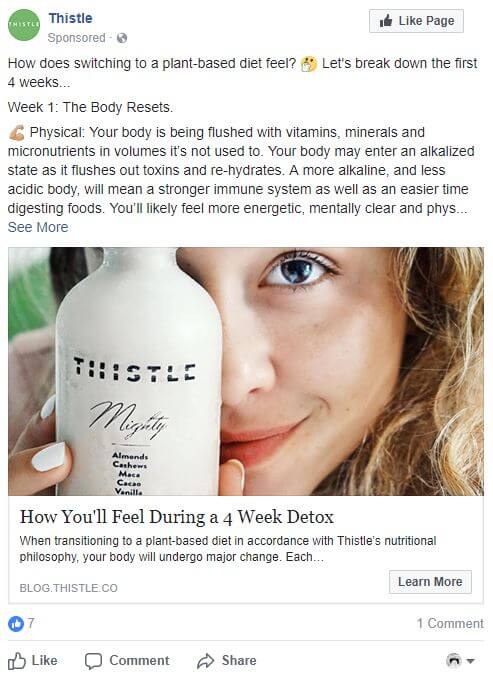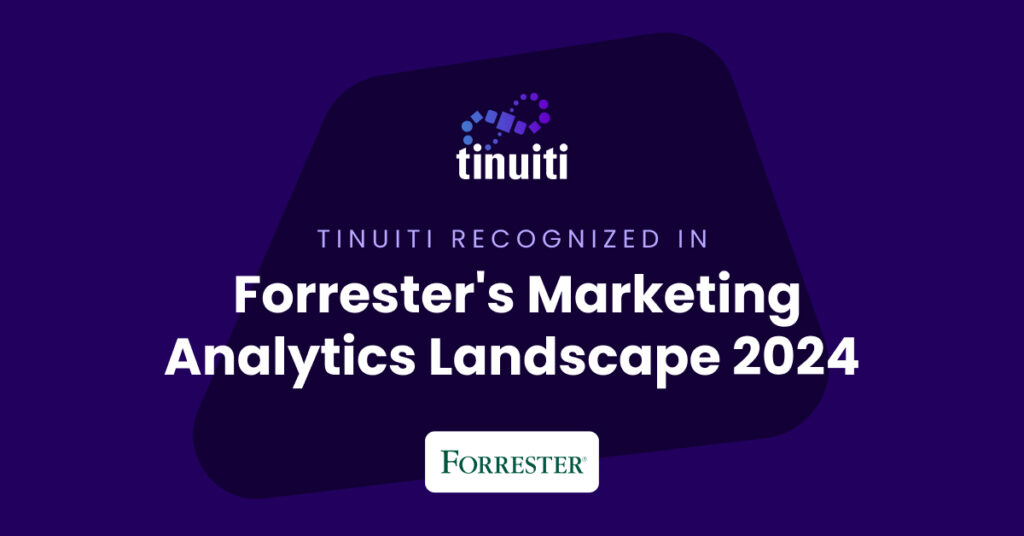In 2018, Facebook announced they will be updating the way they rank content in their News Feed – and it’s likely to have a pretty big impact on advertisers.
With CPMs expected to increase, the message is clear: Advertisers need to invest in a sophisticated Facebook ad strategy to stay competitive in 2018.
But before you can make any improvements to your strategy, you need to have a clear understanding of your current creative, audience, & ad performance.
In the following article, we outline the fundamentals of “How to Perform a Facebook Advertising Analysis” along with a link to our latest guide featuring our in-house best practices to power your Facebook Advertising strategy throughout the year.
Phase 1: Fundamental Tech Integrations
Make sure you have access and pixel tracking is properly set up.
Access: Facebook technical integrations are critical for gathering the most accurate representation of your current Facebook advertising efforts. To start, make sure you have access to the Facebook page, ad account, and your product catalog. In the event that you need to provide an agency access to your account(whether it be for an audit or management purposes), you will need to implement the following steps.
Pixel: Ensure the Facebook pixel is installed and custom events are properly tracking. You can learn more about how to install your Facebook pixel in our blog post.
Phase 2: Audience Identification

The next step is to dig into Facebook Audience Insights to determine who is buying your products. With Facebook Audience Insights, you’ll get to delve into your ideal customers’:
Demographics:
- Age
- Gender
- Lifestyle
- Education
- Relationship status
- Job role
- Household size
Page likes: The top Pages people like in different categories, like women’s apparel or sports
Location and language: Where do people live, and what languages do they speak
Facebook usage: How frequently are people in your target audience logging onto Facebook and what device(s) they are using when they log on
Purchases activity: Past purchase behavior (i.e. heavy buyers of women’s apparel) and purchase methods (i.e., in-store, online)

And you can view this information for 3 different groups of people:
- People on Facebook (the general Facebook audience)
- People connected to your Page or event
- People in Custom Audiences you’ve already created (an audience made up of your current customers)
Wondering how Facebook gathers this much data from their audience?
The two main sources are Third Party and Facebook native data. All of Facebook’s third -party data comes from sources like Acxiom, Epsilon, and Datalogix. All of their native data comes directly from the Facebook platform—what users choose to share on their profiles, what groups they join, etc.
Once you’ve nailed down your ideal customers, you can create custom audiences from the data and create ads with your new insights.
Phase 3: Best & Worst Creative
A vital component of your Facebook marketing strategy is choosing creative for your ads.
From product photos to video, retail brands should test and analyze creative – leveraging tangible metrics to support and help them decide where and how to invest in creative efforts for their Facebook ads.

Unfortunately, all too often we hear that retail brands have a “hunch” on what type of creative performs best.
For example, a retail brand might say: “We know our product images perform better than lifestyle images” – but when we ask them why or how they came to this conclusion, they can’t materialize the data to back it up.
This is just one of the many reasons why proprietary creative reports are absolutely essential, because ultimately your creative marketing decisions will dramatically impact your ad performance.
CPC Strategy’s Facebook Creative Report is a deep dive into your advertising data based on a specific time period.
For example, if a client has product photoshoots the following month, we can provide data on whether your lifestyle images perform better on Facebook in comparison to your product images. Maybe it turns out your lifestyle images work well organically but don’t translate as well on the ecommerce side.
Or if you’re running a campaign focused on driving brand awareness, this report allows us to see everything that we’ve done to impact your brand awareness, analyzing data (ROI or CPM) month over month or year over year. We can make it as granular or as broad as the report needs to be. We can also analyze the results of specific campaign tests.
Want to learn more?
Make sure to download our FREE “2018 Facebook Advertising Guide“ where we share more information on the Creative Report as well as our in-house best practices to power your Facebook Advertising strategy throughout the year.

You Might Be Interested In












